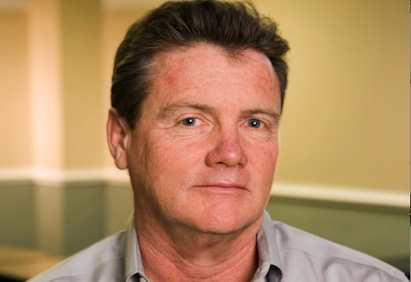Recently a friend of mine referred to his ex-wife as a “cure for happiness.” He also shared some specific experiences that lead to this comment and revelation.
Like you, I chuckled but I also began to think about this metaphor as a way of better understanding what we do in a client’s home or with the remodeling experience.
Remodeling, like going to the dentist, can be uncomfortable and even painful. Success is often a product of reducing pain or unhappiness more than creating it. If we (and our team) avoid doing a few things the likelihood for success dramatically increases.
When it comes to managing the client experience the following are some significant “cures for happiness.”
1) Don’t communicate
If you leave the client in the dark then not only will they be confused but the levels of fear and anxiety will increase. Remodeling can be scary and the best way to increase the scariness is to not communicate. Communication is easy not to do (and hard to do properly).
2) Be dishonest
When you are working with the intimate elements of people’s lives (their homes), trust may be one of the most important attributes (even over competency). A great way to cure happiness (to reduce or eliminate trust) is to be dishonest.
Dishonesty is about lying, not about not fully disclosing. (I like to eat sausage but I don’t need to know the details of how it is made.) It is easy to lie to a client but a little harder to always be honest.
3) Make it difficult
Happiness is also about being easy. The best way to see happiness vaporize is to make it difficult and stressful.
If you chart out the emotions in the remodeling experience, you will find the stock generally goes down in the planning process primarily because of overwhelm. The more complicated that you make it, the more unpleasant it will be and the more unpleasant it is, the longer it will take them to come back for another project in the future.
4) Focus on the project not the client
Happiness and fond memories don’t come from the insulation value of the windows or the tightness of a crown molding joint. Those memories come from relationships — from coming downstairs and having the newspaper brought up from the curb or a little help with a dead battery to get the kids to school on time. The best way to not have these memories is to focus primarily on the stick and bricks and not the client.
5) Make it unpredictable
The more unpredictable a project is, the more frustrating it will be. For clients, not knowing what their “sanctuary“ (their home) will look like when they get home at night or whether something will take a day or a week really will take the smiles off their faces. Everyone likes a little spice or surprise in their life, but unpredictability is a cure for happiness. When the traffic is unpredictable it makes life tough. When the weather is unpredictable it makes life tough. Tough becomes wearing, and wearing creates unhappiness.
So while this message is being delivered in a bit of a tongue-in-cheek manner, the subject is very serious. Today more than ever, your client experience is where success and failure lies.
This failure results in lower margins, less referrals and past clients that look at the remodeling experience compared to getting a root canal. If you can focus on what not to do rather than what to do, it will dramatically increase your success.
Mark Richardson, CR, is co-chairman of Case Design Remodeling and the Case Institute of Remodeling. He is a member of the NAHB Remodeling Hall of Fame and a Fellow at Harvard University’s Joint Center for Housing Studies. Richardson is the author of the best-selling book, “How Fit is Your Business,” and a forthcoming book, “Business Themes to Live By,” to be published this year.
Success is often a product of reducing pain or unhappiness more than creating it.



